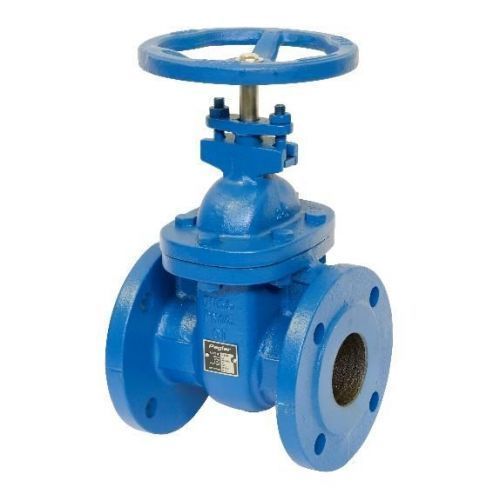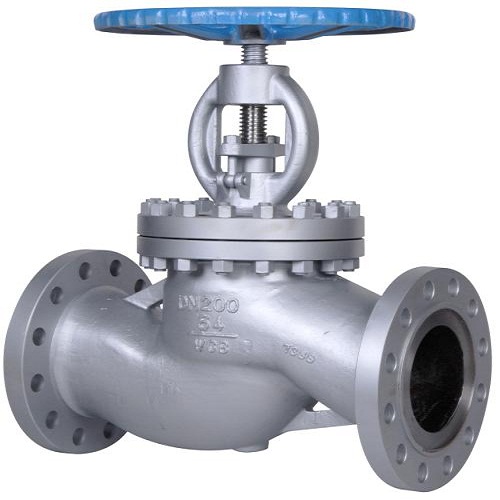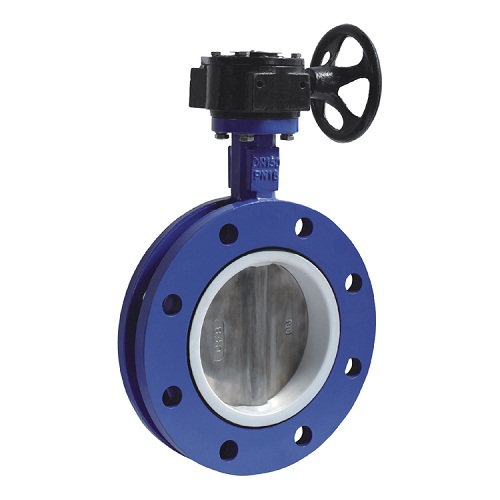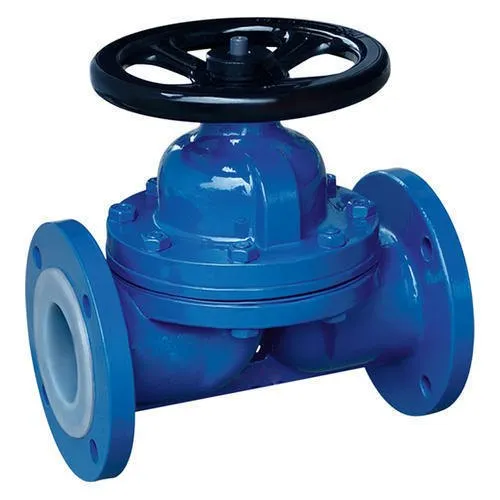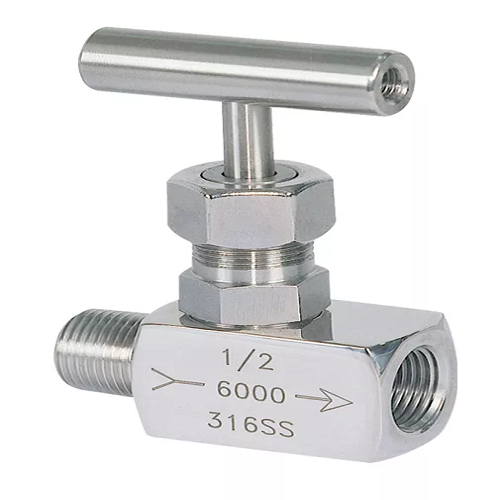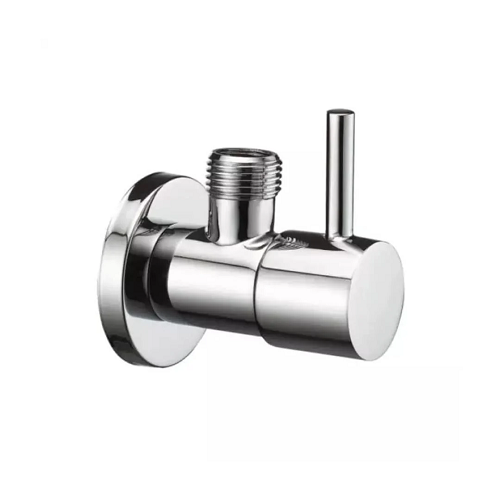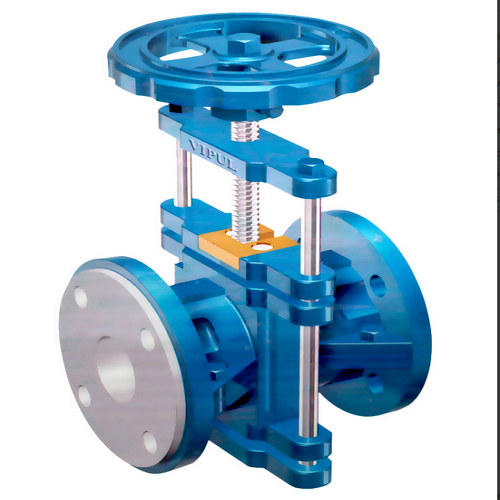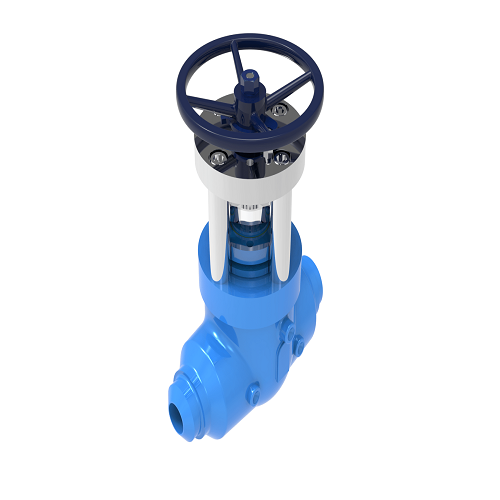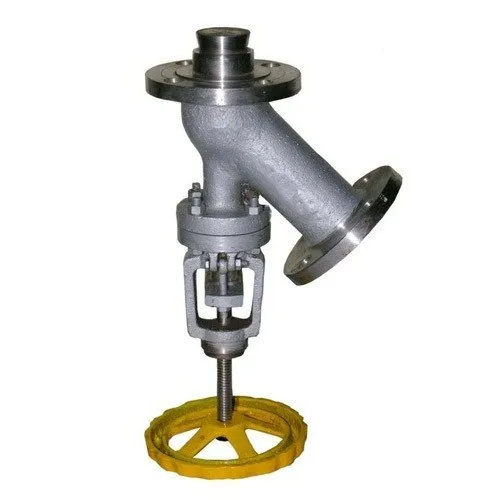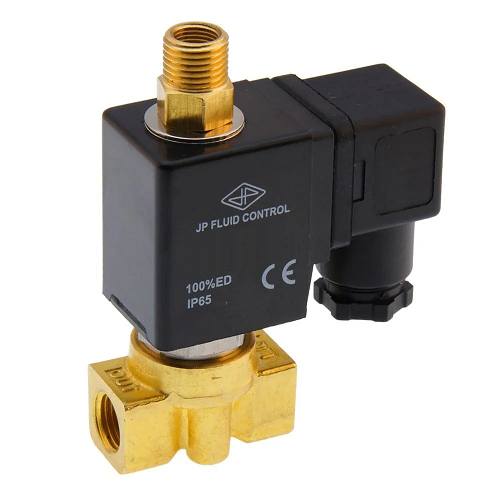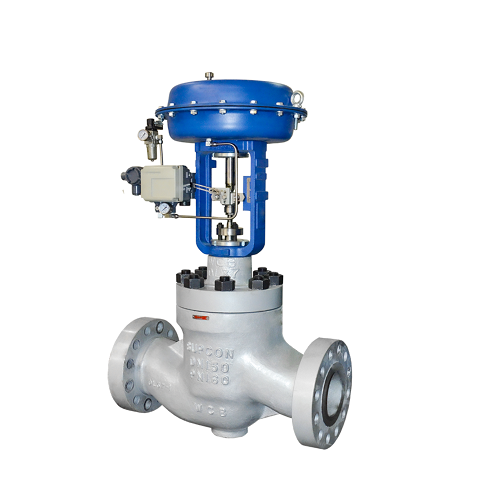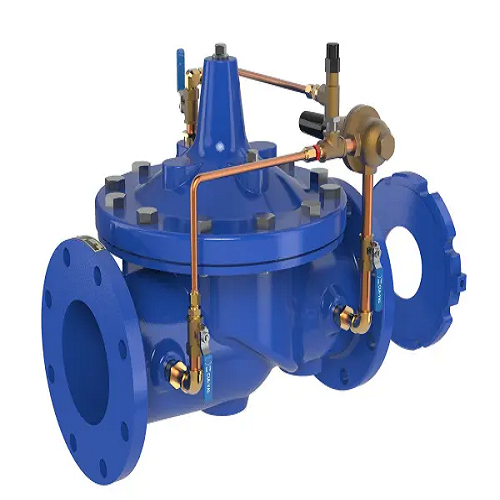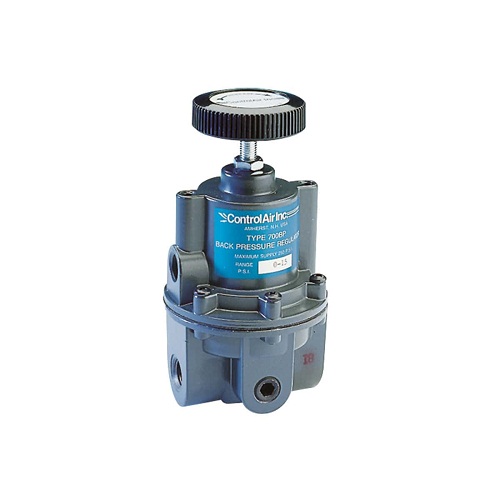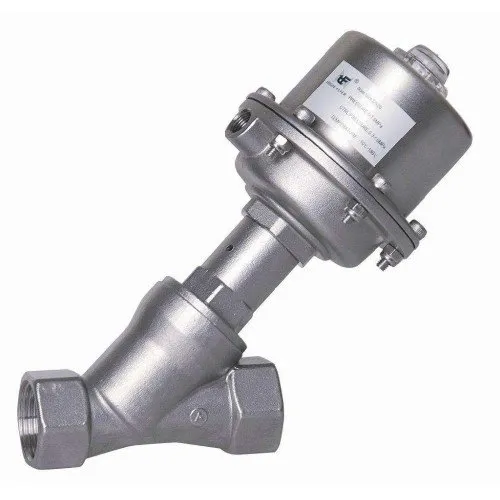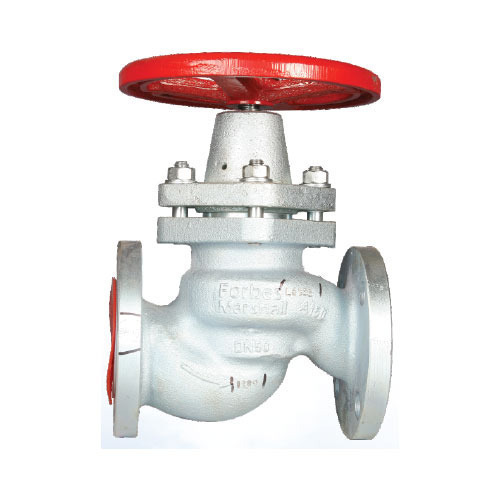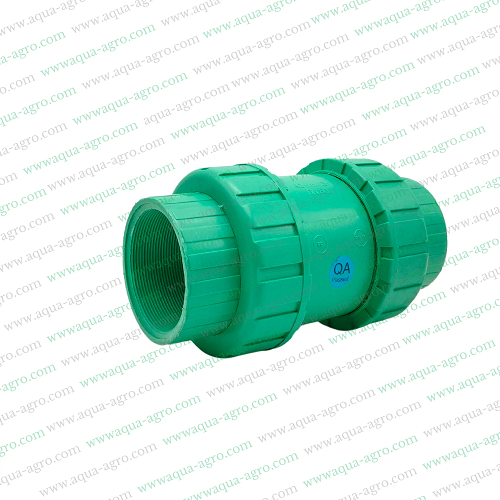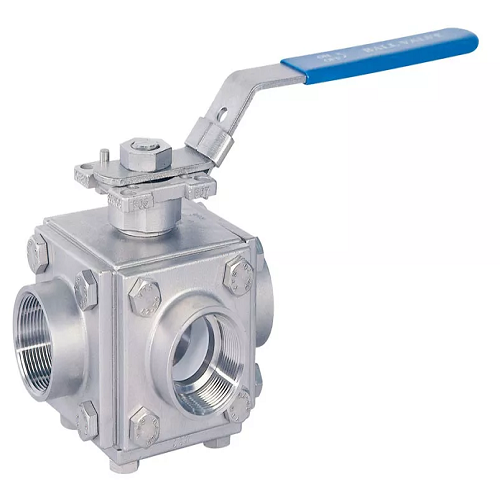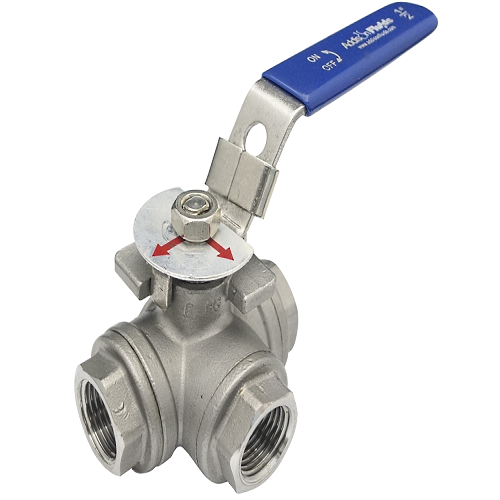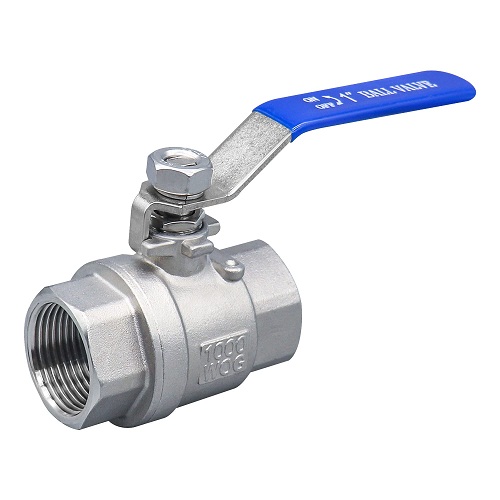
our category
VALVE (RAIN POWER)
Valve (RainPower) – Ensuring Efficient Water Flow and Energy Conversion
Introduction
In the RainPower project, where rainwater is harnessed for renewable energy generation, the valve plays a critical role in regulating the flow of rainwater through the system. These valves are essential in managing the distribution of rainwater to energy generation components, such as turbines or piezoelectric generators, and ensuring optimal performance of the system. The integration of specialized valves ensures that the energy conversion process is both efficient and reliable, facilitating the smooth operation of the entire RainPower system.
Enquire Now
Role of the Valve in the RainPower System
The primary function of a valve in the RainPower project is to control the flow of rainwater as it moves through the system, particularly from collection points to storage tanks and then to the energy conversion mechanisms. The valve helps to regulate the amount of water directed to various components to maximize the energy output while preventing overflow or unnecessary waste of water.
Key roles of the valve include:
-
Flow Control: A valve in the RainPower system is used to regulate the flow of collected rainwater into the energy generation unit. It ensures that the water is directed to turbines or generators in the right quantity to optimize energy production without causing overloading or system inefficiency.
-
Pressure Regulation: Valves are designed to maintain the correct pressure within the system. Proper water pressure is necessary to ensure that turbines or other mechanical devices operate at their most efficient capacity. The valve can adjust to pressure changes to ensure that no part of the system experiences too much or too little pressure.
-
Prevention of Blockages: In systems where rainwater flows through pipes or turbines, debris or contaminants may occasionally block the water flow. Valves with filters or backflow prevention capabilities can stop blockages from disrupting the energy generation process, ensuring uninterrupted performance.
-
Water Flow Diversion: In a system where multiple energy generation components exist, a valve can be used to divert water to different parts of the system. For instance, when one component is undergoing maintenance, the valve can redirect the water flow to another part of the system, maintaining continuous operation.
-
Automatic Regulation and Monitoring: Some valves used in the RainPower system are equipped with automated sensors and control systems that monitor water levels and pressure in real-time. These intelligent valves can automatically adjust the flow to ensure optimal operation based on environmental conditions, such as rainfall intensity or water availability.
Types of Valves in RainPower Systems
Several types of valves may be used in RainPower systems, depending on the specific needs of the installation:
-
Ball Valves: Ball valves are commonly used for controlling the flow of water in RainPower systems. They consist of a ball with a hole in the middle that rotates to open or close the flow path. Ball valves are known for their reliability, simple operation, and tight seal, ensuring that the flow of rainwater is effectively controlled.
-
Check Valves: Check valves are crucial in preventing backflow in the RainPower system. They allow water to flow in one direction only and automatically close when water attempts to flow in the opposite direction. This prevents water from flowing back into the storage tanks, turbines, or other components, ensuring system efficiency.
-
Gate Valves: Gate valves are typically used when a system requires full opening or closing of the water flow. They work by lifting a gate or wedge inside the valve to open or close the flow path. In RainPower systems, gate valves are often used in larger pipelines where the need for total flow control is critical.
-
Pressure Relief Valves: Pressure relief valves are used to release excess pressure within the system. If the water pressure becomes too high, these valves will automatically open to release pressure, preventing potential damage to pipes, turbines, or other system components.
-
Flow Control Valves: These valves are specifically designed to maintain a consistent flow rate within the system. By automatically adjusting to varying levels of water pressure, flow control valves ensure that the turbines or energy converters receive an appropriate and steady flow of rainwater, optimizing the energy generation process.
Applications of Valves in the RainPower Project
-
Water Flow Regulation to Turbines: The most important application of valves in the RainPower project is controlling the flow of rainwater to the turbines or energy converters. Depending on the intensity of rainfall and the energy demand, the valves can regulate the water flow to maintain a consistent energy output.
-
Safety and Maintenance: Valves are crucial for the safety and maintenance of the RainPower system. They allow for isolating parts of the system during maintenance, reducing the risk of damage. Additionally, safety valves, such as pressure relief valves, are used to prevent overpressure situations that could damage the components or endanger the system’s operation.
-
Optimizing Water Storage: Valves control the rainwater flow into storage tanks, ensuring that water is collected efficiently. They help manage the filling of storage tanks without exceeding their capacity. If a tank is full, valves can direct the excess water to alternative storage or energy conversion units.
-
Diverting Water to Secondary Systems: In a hybrid RainPower system, where rainwater is used for both energy generation and irrigation or other purposes, valves are used to divert water where it is needed. These valves ensure that rainwater is sent to the correct destination, whether for energy production, irrigation, or other uses.
-
Rainwater Harvesting Systems: In larger installations, such as in urban areas or agricultural applications, valves control the flow of rainwater from collection points to larger reservoirs or treatment systems. This ensures the efficient capture of rainwater, which is later used for energy generation or other purposes.
Benefits of Using Valves in the RainPower System
-
Efficient Water and Energy Management: Valves help to efficiently manage the water flow within the RainPower system, ensuring that the maximum amount of energy is generated without waste. By controlling the flow of water to turbines or other energy converters, valves help optimize the energy output, leading to more sustainable power generation.
-
Increased System Reliability: The use of valves ensures that water is channeled where it is most needed and that the system operates smoothly. The prevention of backflow and the regulation of water pressure help protect the system from damage, ensuring reliable performance.
-
Flexibility and Customization: The use of different types of valves allows for a highly customizable RainPower system. Whether it’s regulating water flow in small-scale residential setups or large commercial installations, valves provide flexibility in adapting to different system requirements.
-
Reduced Maintenance Costs: By preventing water flow disruptions, backflow, and overpressure, valves reduce the chances of system failure and the need for costly repairs. Regular maintenance and monitoring of valves ensure the system remains in optimal condition, further minimizing maintenance costs.
Challenges in Valve Integration for RainPower
-
Wear and Tear: Constant exposure to water and pressure variations may lead to wear and tear in valve components over time. Regular maintenance is required to ensure that valves remain in good working condition and do not cause system inefficiencies.
-
Clogging and Blockages: Rainwater often carries debris such as leaves, dirt, and organic matter that can clog valves and pipes. Filters and strainers must be incorporated into the valve system to minimize this issue and ensure that the flow remains uninterrupted.
-
Corrosion: In systems where rainwater contains minerals or impurities, valves may experience corrosion over time. The use of corrosion-resistant materials is essential for long-term operation and to prevent damage to the valves.
Conclusion
In the RainPower project, valves play a critical role in ensuring the efficient collection, flow, and conversion of rainwater into renewable energy. By regulating water pressure, flow, and direction, valves enable the smooth operation of turbines and other energy-generation systems. With the right choice of valve types, proper maintenance, and innovative design, RainPower can become a highly effective and sustainable method of generating electricity from one of the world’s most abundant natural resources: rainfall.
